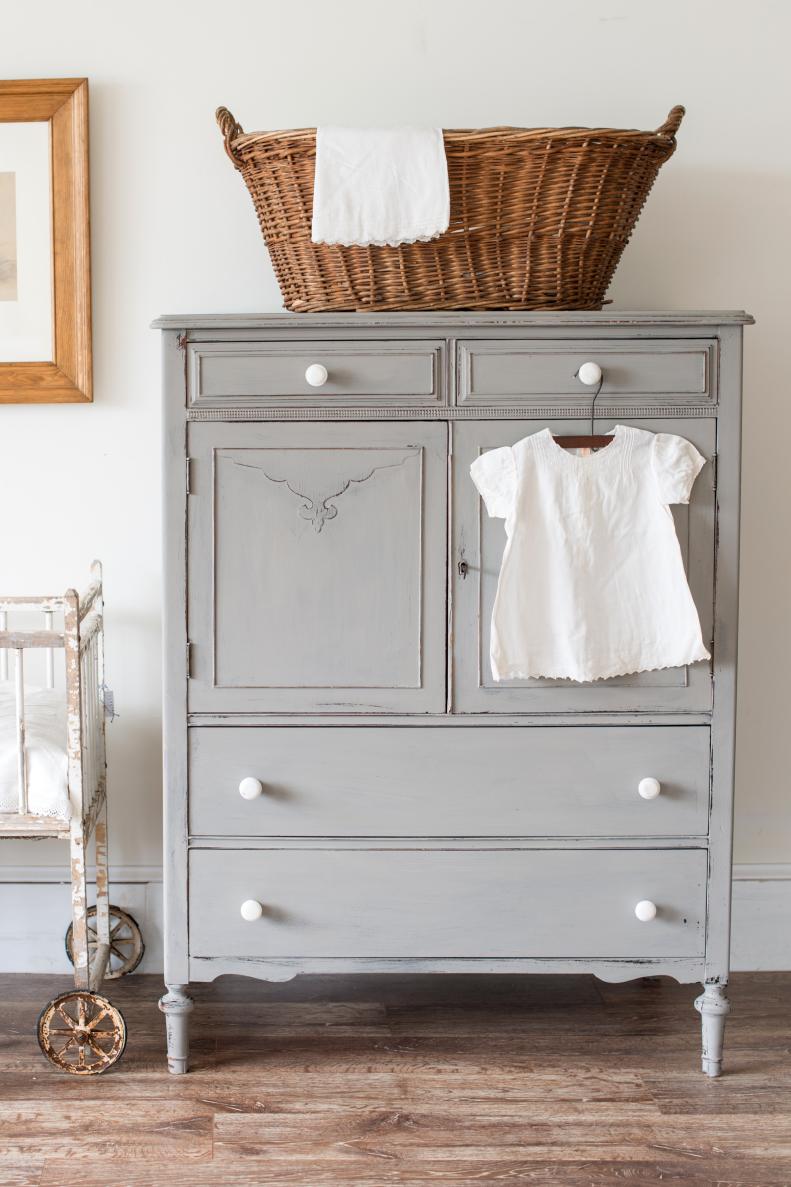1 / 12
Photo: Marian Parsons
Do: Buy Pieces in Good, Usable Condition
This may seem like a given, but when a piece is a bargain or the right size for a room, it can be easy to forgive major flaws that will inevitably result in regret. Take the time to make sure everything functions properly, and the piece is usable. You will be glad you did.









